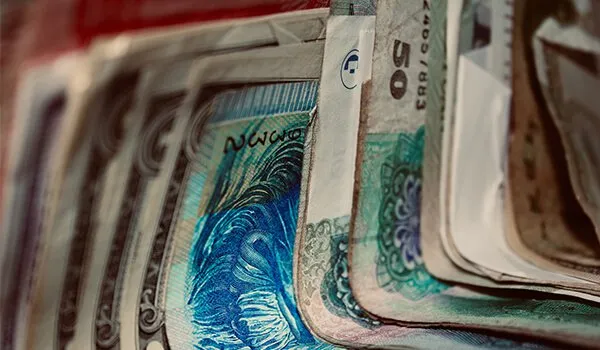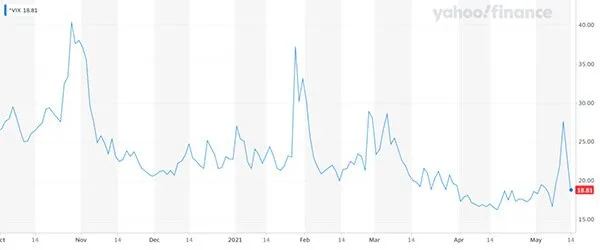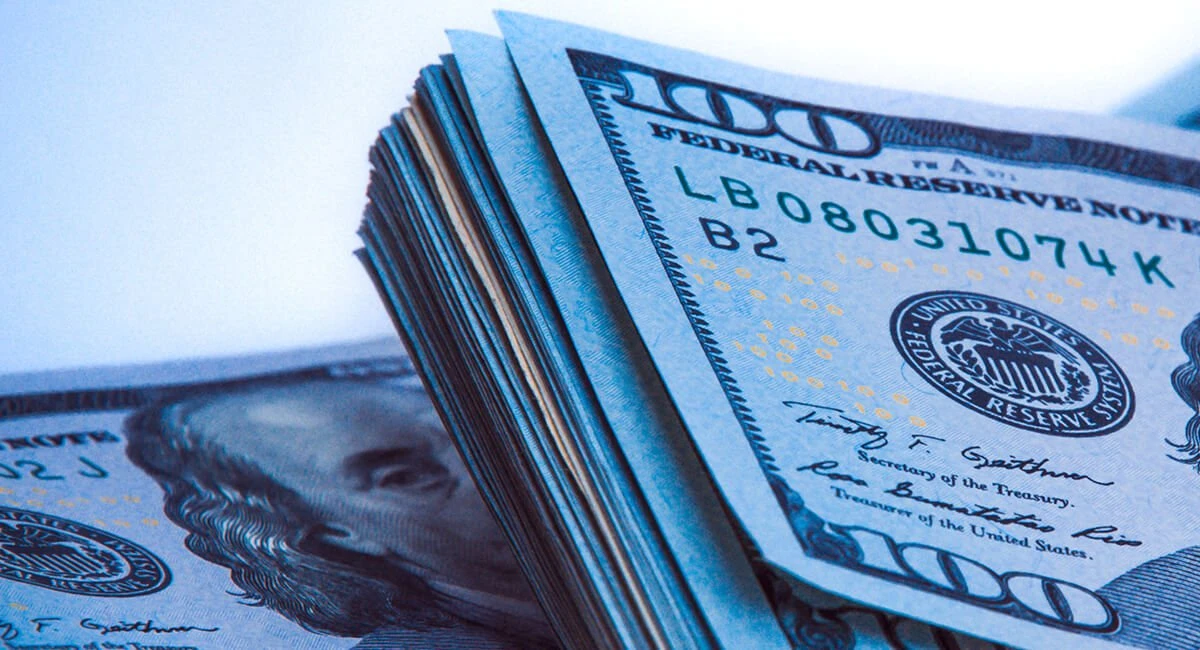Inflation has been the buzzword during the past few weeks. The media having been whipping investors into a frenzy as Consumer Price Index (CPI) data and Producer Price Index (PPI) data came through at worryingly high levels. But is this a genuine concern that investors should be concerned about or is it another case of over-hyped sensationalism?
It depends on where you’re sitting.

Inflation – Photographer: Jéan Béller | Source: Unsplash
#US consumers pay the price of inflation
In the US, the signs of inflation are all around. For instance, the average cost of a new car is around $40k and the average car payment is now $563 a month. That’s the highest ever according to Lending Tree data.
Meanwhile, gas payments have shot up 30% in the last four months. The average house price rose over 17% in the past year, according to a Redfin report. And the cost of lumber has gone through the roof. A year ago, it cost around $330 per thousand board feet and now it’s around $1,420.
The stock market has had a wild ride this past year and the S&P 500 is up 41% since May 2020. Unfortunately, it’s now showing the signs of drastic inflationary attributes due to the record numbers of retail investors treating the markets as a casino, and depositing their stimulus checks far and wide.
It’s also a delayed response to the insane oil price crash in April 2020, which saw oil prices plummet into negative territory.
Since then, the prices of many commodities have soared and it’s having a knock-on effect on food prices. Most consumers have been noticing the cost of their weekly groceries steadily rising in recent months. If food costs more, people have less money to spend on services and having fun. This in turn will make it difficult for businesses to continue.
The US Federal Reserve sets the US monetary policies and supply. M1 money supply includes the coins and currency in circulation, highly liquid cash, checkable deposits and traveler’s checks. While M2 money supply also includes the M1 money supply, but in addition to savings and time deposits, certificates of deposits, and money market funds. This money supply has never before been so liquid.
In response to the pandemic US Fiscal spending has topped $5 trillion, an insane sum that could never have been predicted. Historically, the only way to recover from extreme money printing was through inflation. But inflation could cause devastation in the financial markets if not handled sensitively.
#A temporary spike
On the other side of the argument some economists see inflation as a temporary spike that shall soon pass. There are signs of economic recovery as a record number of business start-ups arrive on the scene and less businesses enter bankruptcy than had been feared. Plus unemployment is not as high as expected either.
While there’s no doubt many people gambled their stimulus checks into the stock and crypto markets, a lot opted to save. This means savings are also at a record level, which hints at the likelihood of a rise in spending once the vaccine rollout reaches its conclusion and areas reopen.
But with virus strains mutating and vaccines not reaching many of the hardest hit areas of the world, further lockdowns could be on the cards. This would not help economic recovery and more than likely fuel inflation.
#The VIX is highly volatile
The Chicago Board Options Exchange’s CBOE Volatility Index, otherwise known as the VIX (INDEXCBOE: VIX) is a very popular measure of stock market volatility. It’s widely used by analysts to look for inflationary signs and measure the strength of the market.

VIX chart 2020 / 2021
The VIX has been extremely volatile this year and has shown inflationary signs when spiking to high levels. Much of this has to do with the rapid increase in money supply of which the world has never before seen.
A rough rule of thumb some traders follow is if the VIX is trading below 21, stocks look highly investable. If the VIX is between 21 and 29, investors will be exposed to extreme volatility and if it rises above 30, its not good news for long-term investors.
Today the VIX is under 19, which is a bullish signal for investors.
#Will 2021 see a repeat of 2008?
Nevertheless, many of these inflationary clues point to a stock market bubble. This is eerily similar to 2008, when no-one listened, and an almighty crash shook the global financial markets. So, why should this be any different?
The landscape is undoubtedly different now with so many more retail investors and the economy swimming in printed cash. This makes it uncharted territory and more difficult to predict what’s to come. If it does turn out we’re in a bubble, investors are right to expect a significant correction across all asset classes.
Certainly, the crypto markets are akin to 2017, when altcoin mania sent Bitcoin soaring, only for it to crash spectacularly in early 2018. This time Elon Musk could be to blame, but the hype on altcoins and NFTs is piquing interest from the unlikeliest corners of the planet.
Lumber, oil, corn, and copper have all seen their prices soar in the past year and the CRB index (a representative indicator of today’s global commodity markets) is up 65%.
During the 1970s there was a strong correlation between inflation and oil prices, but that’s faded in recent decades. And with the green revolution hammering home the need to avoid Big Oil, this lessens its appeal to many investors.
To protect against inflation, investors should diversify their portfolios with a selection of inflation proof investments. This traditionally includes gold and other commodities, real estate and bonds. Today it could potentially include crypto too.
